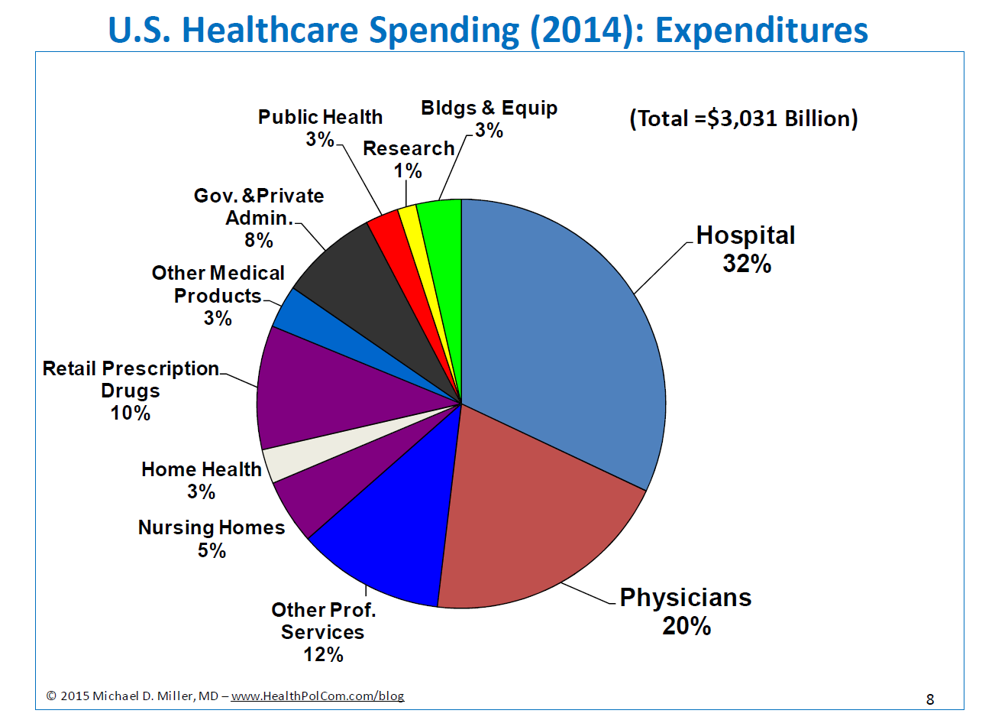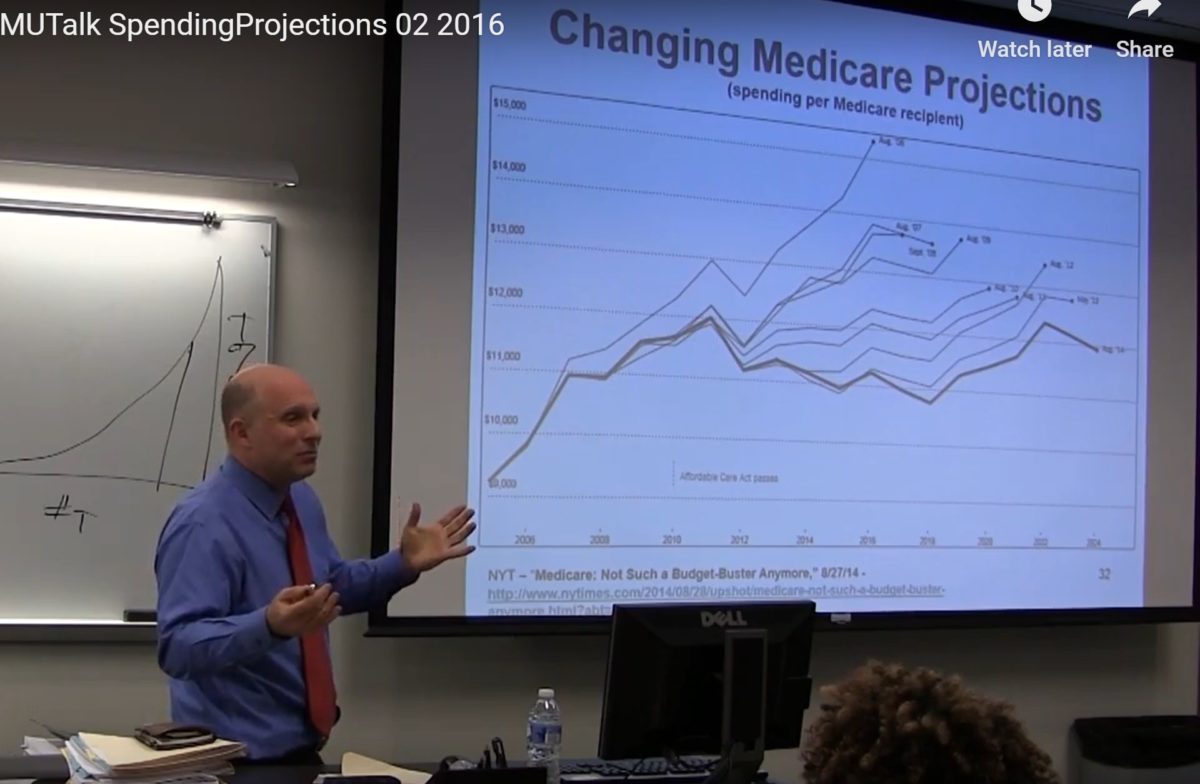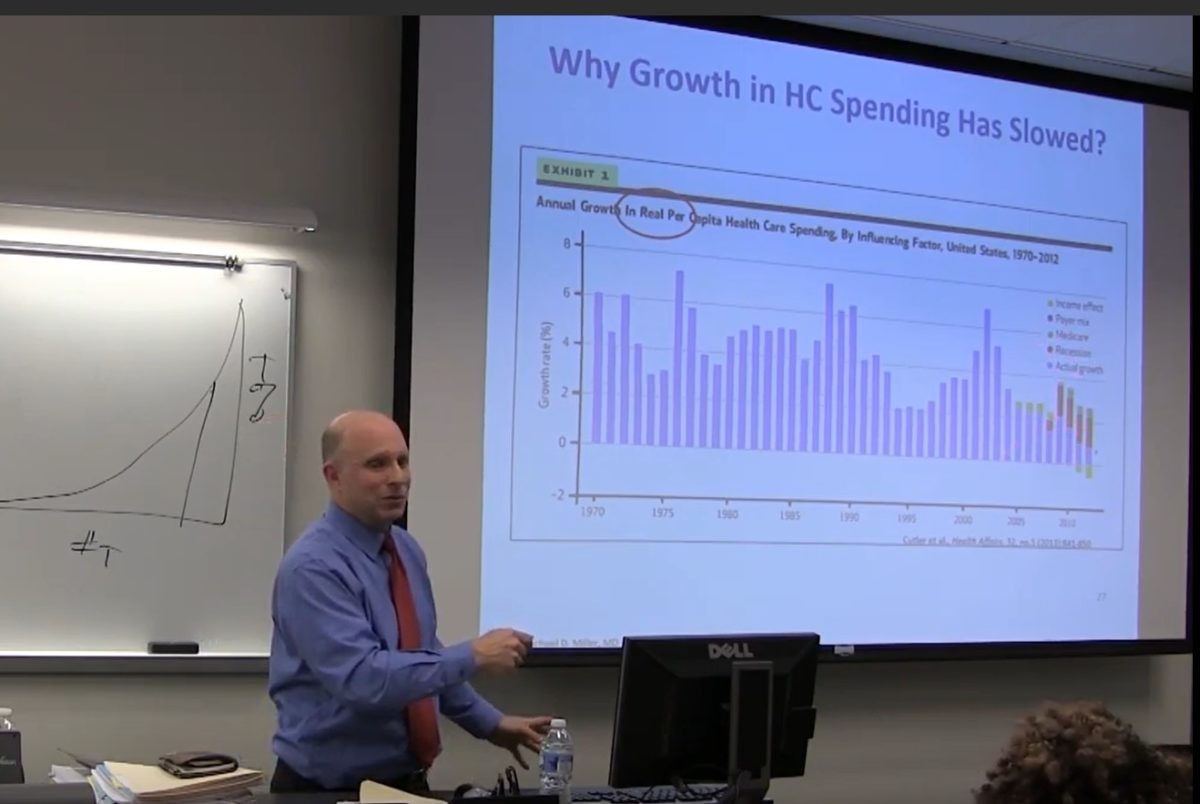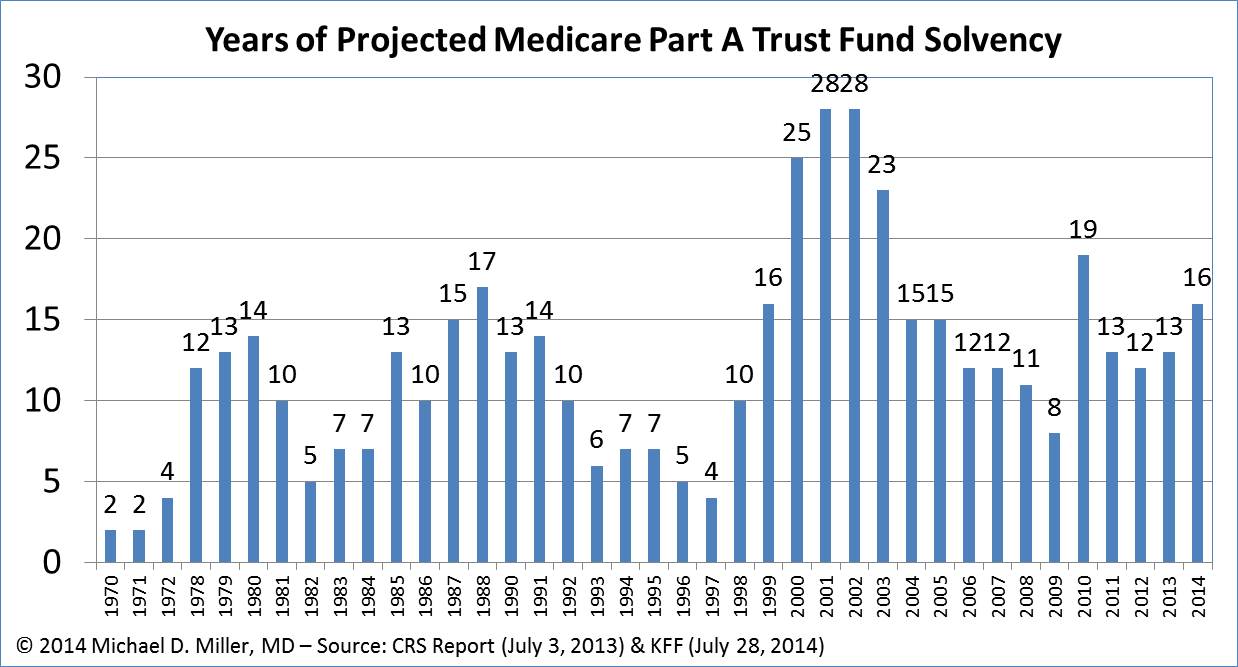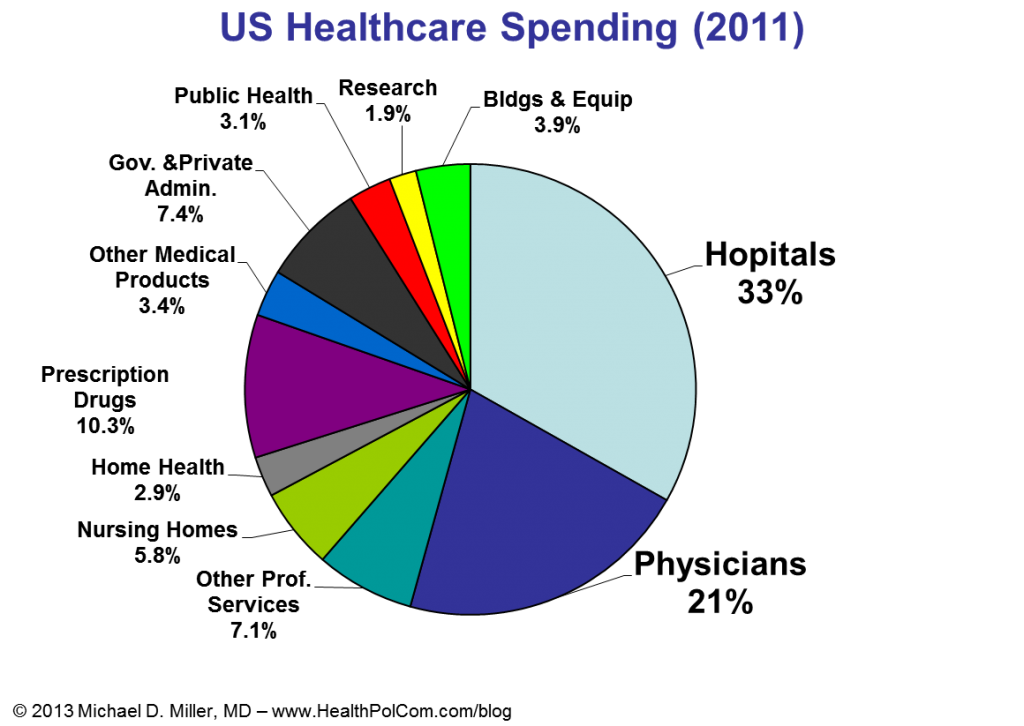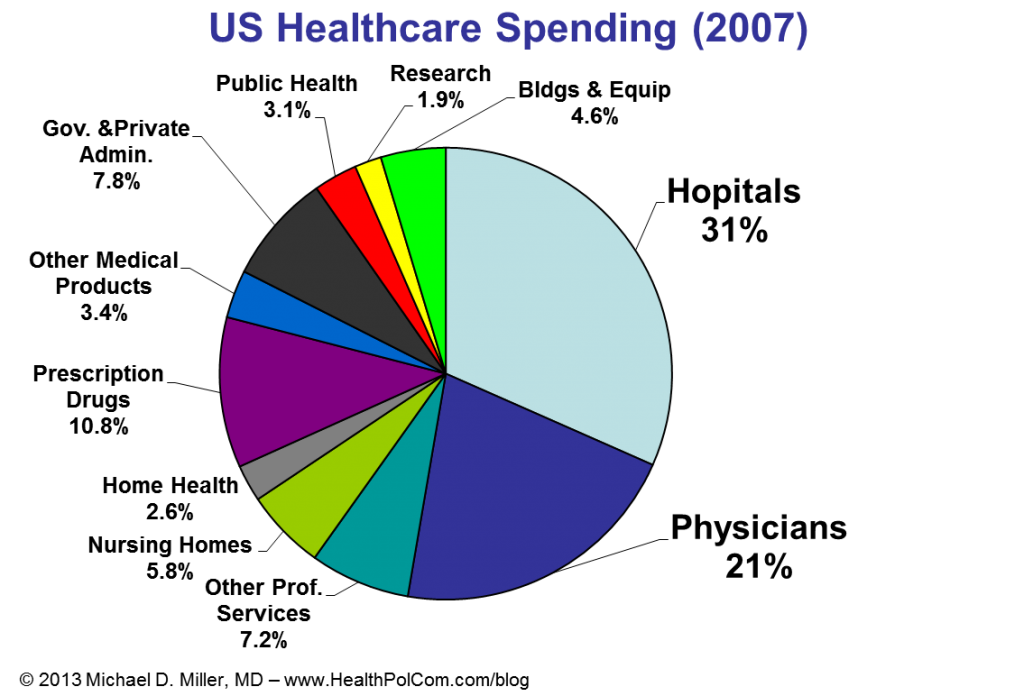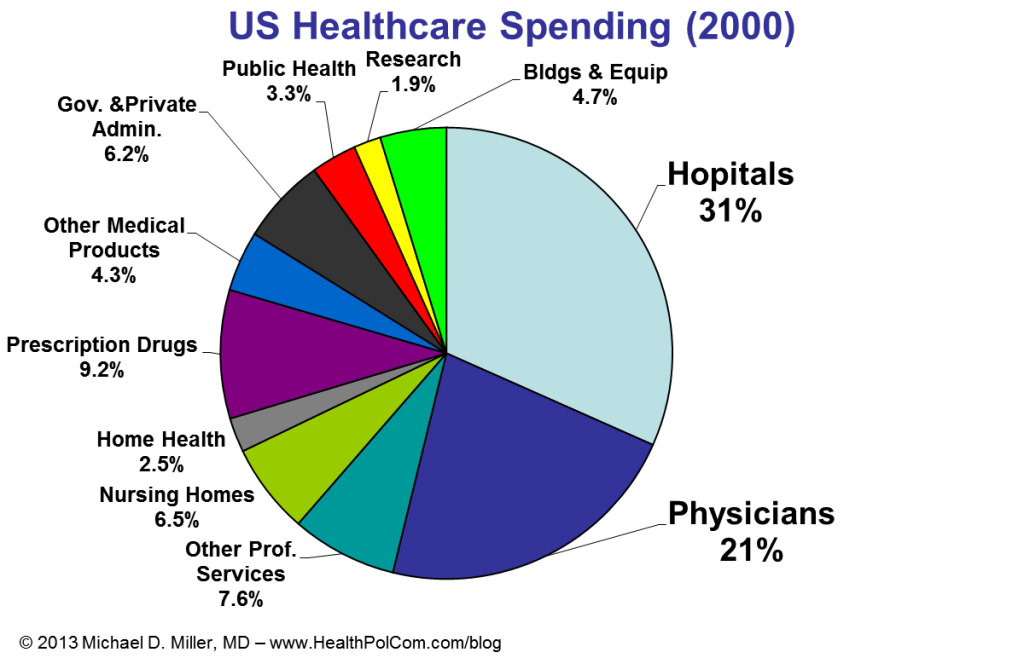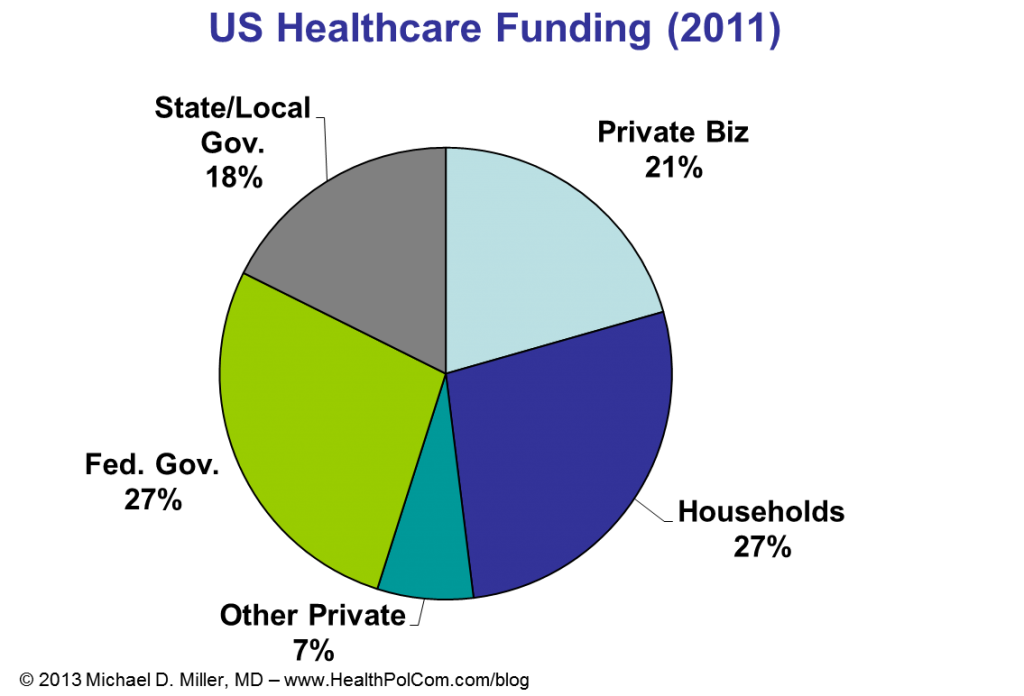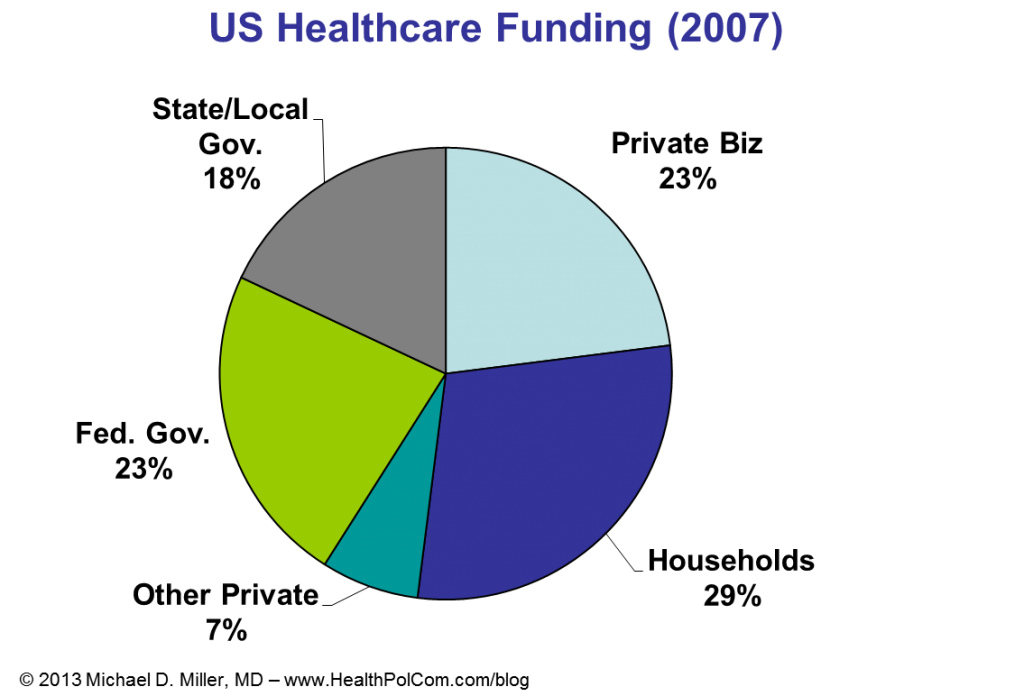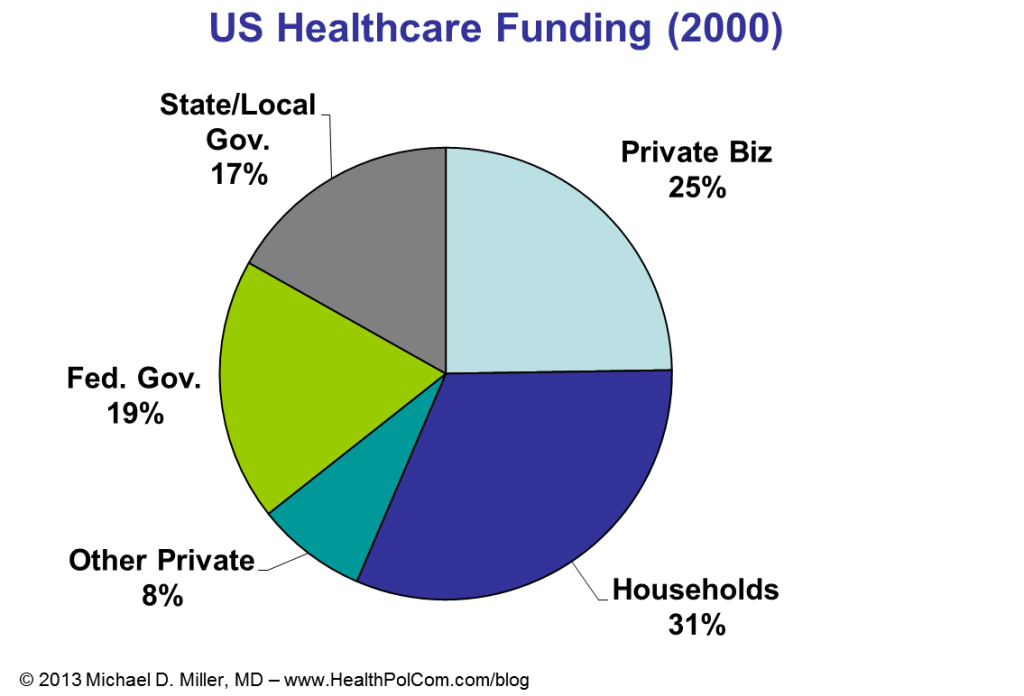Last week I gave a presentation to the leaders of some women’s health advocacy organizations about where the U.S. healthcare system is heading, i.e., where we go from the current situation with the A.C.A. We had a great discussion, and the organizer of the event emailed me afterward to say, “Amazing is all I can say. You are the first person who could speak to [the] ACA in which people listened and engaged.”
Some of the key points I made included:
- Focus on the future. Don’t relive the past.
- Move forward from today’s strengths and weaknesses. The slide below describes health insurance coverage for 2015 showing dramatic increases in coverage in individual insurance and Medicaid, and a decrease in the uninsured.

